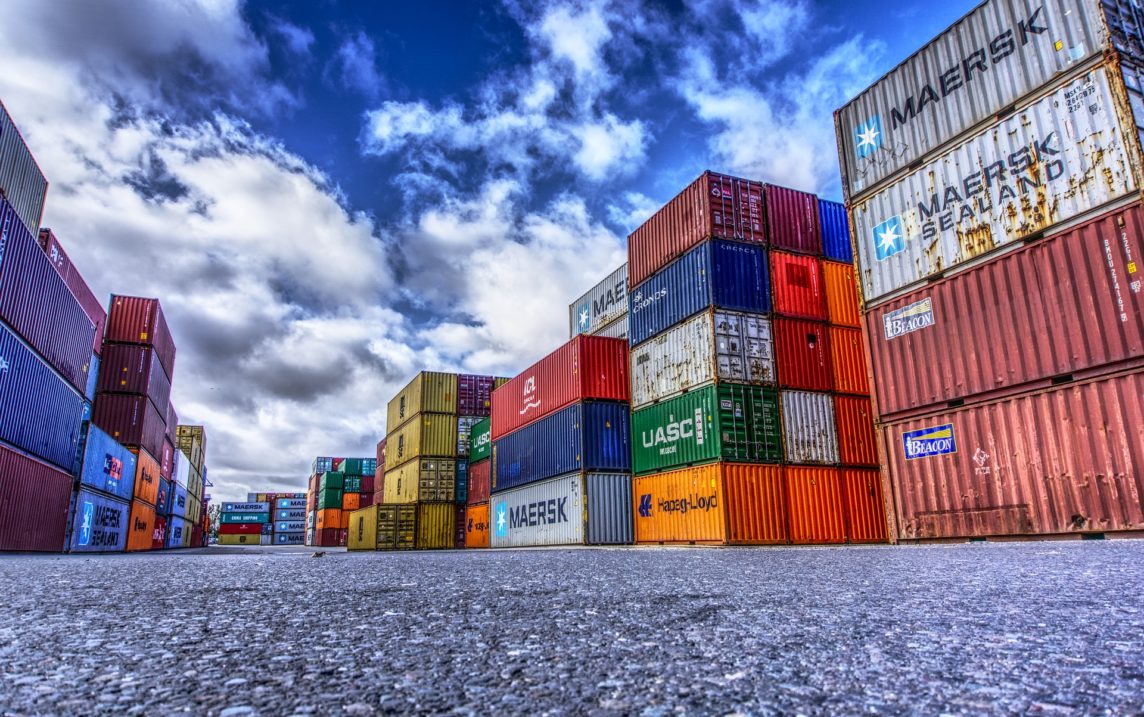In recent months, anyone whose business takes them through US ports has faced an increasingly chaotic and expensive environment. Despite a robust economy and higher-than-expected export volumes, shippers are facing thinner profit margins as they run into a trucking bottleneck. Drayage rates are skyrocketing, fueled by a driver shortage and the demands of the ELD mandate. Ocean carriers are levying fees of up to $300 per container to recoup their own higher costs, and port congestion–particularly the stubborn problem of chassis allocation–is frustrating importers, exporters, and logistics professionals alike.
According to anecdotal reports, drayage rates are 25 to 30 percent higher than they were at this time last year, and are predicted to climb still higher when the grace period for ELD violations ends on April 1. Capacity across every form of trucking is worryingly tight, but the effects are particularly dramatic in drayage, where drivers (and by extension, cargo owners) face a perfect storm of factors pushing efficiency down and prices up. Drivers are having to adjust the number of turns they can make per day in response to ELD mandate, and the loss of these turns is creating a domino effect throughout the country. One result is that chassis, which have been in short supply and poor repair for years, are being returned later than ever. That’s particularly problematic in ports where chassis pools are divided by ocean carrier, poorly organized, and nearly impossible to track once they leave the port. Stories abound of drayage drivers enduring long wait times, frequently only to find that the chassis they need is unavailable and having to wait in line a second time. These issues have strained capacity so much that rumors are surfacing that in some of the nation’s most congested ports and railyards (particularly in the Midwest) shippers have begun paying a flat fee on top of the going drayage rate simply to reserve a truck.
This type of behavior is unsustainable, both for logistics providers who are accustomed to building long-term contractual relationships with carriers, and for shippers who are watching their logistics costs mount with growing alarm. However, while concern is an appropriate response to this situation, panic is not. Instead, shippers should talk with their logistics provider about building in flexibility wherever possible. This might mean rerouting cargo to ports where congestion is less of an issue, maintaining flexibility in loading and delivery windows, and accepting that transit times for cargo are in flux throughout the country. Maintaining cargo visibility and communication throughout the supply chain can at least help you respond to delays, even if you can’t control them. All parties need to prioritize increased investment in chassis (an investment that would include purchasing new ones, keeping existing chassis in good repair, and exploring tracking technologies that would use them more efficiently). Finally, port terminal operators must update their operations to speed drayage drivers through faster, or risk placing a bottleneck on the entire US economy.
Keep your logistics costs under control by contacting the experts at Red Arrow Logistics.



